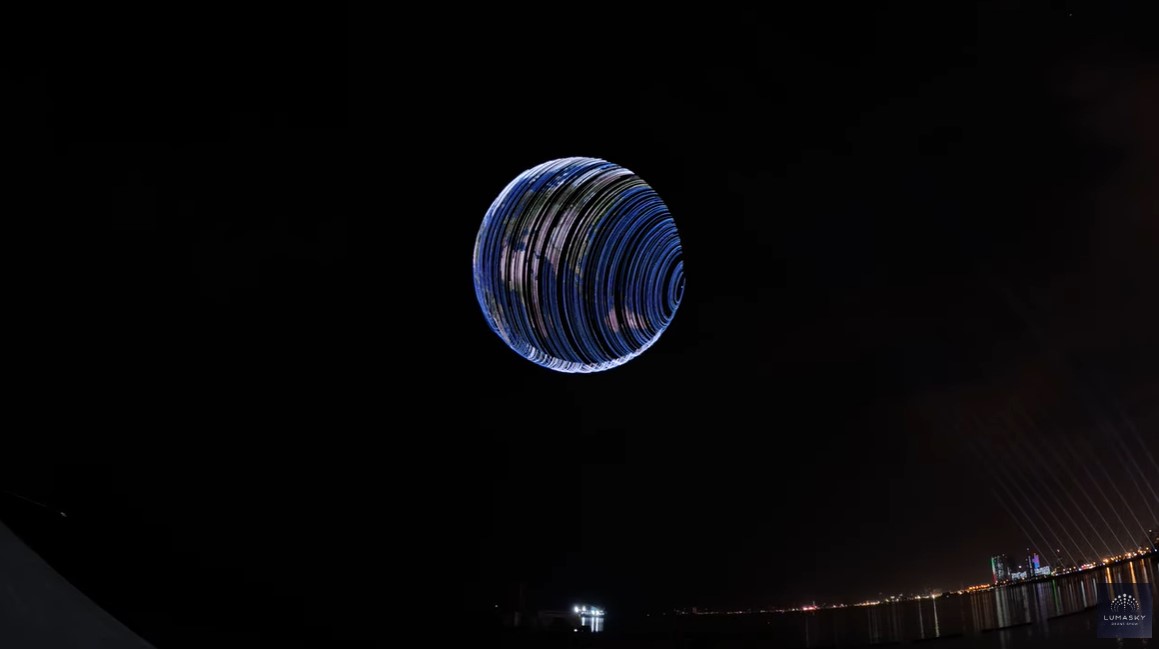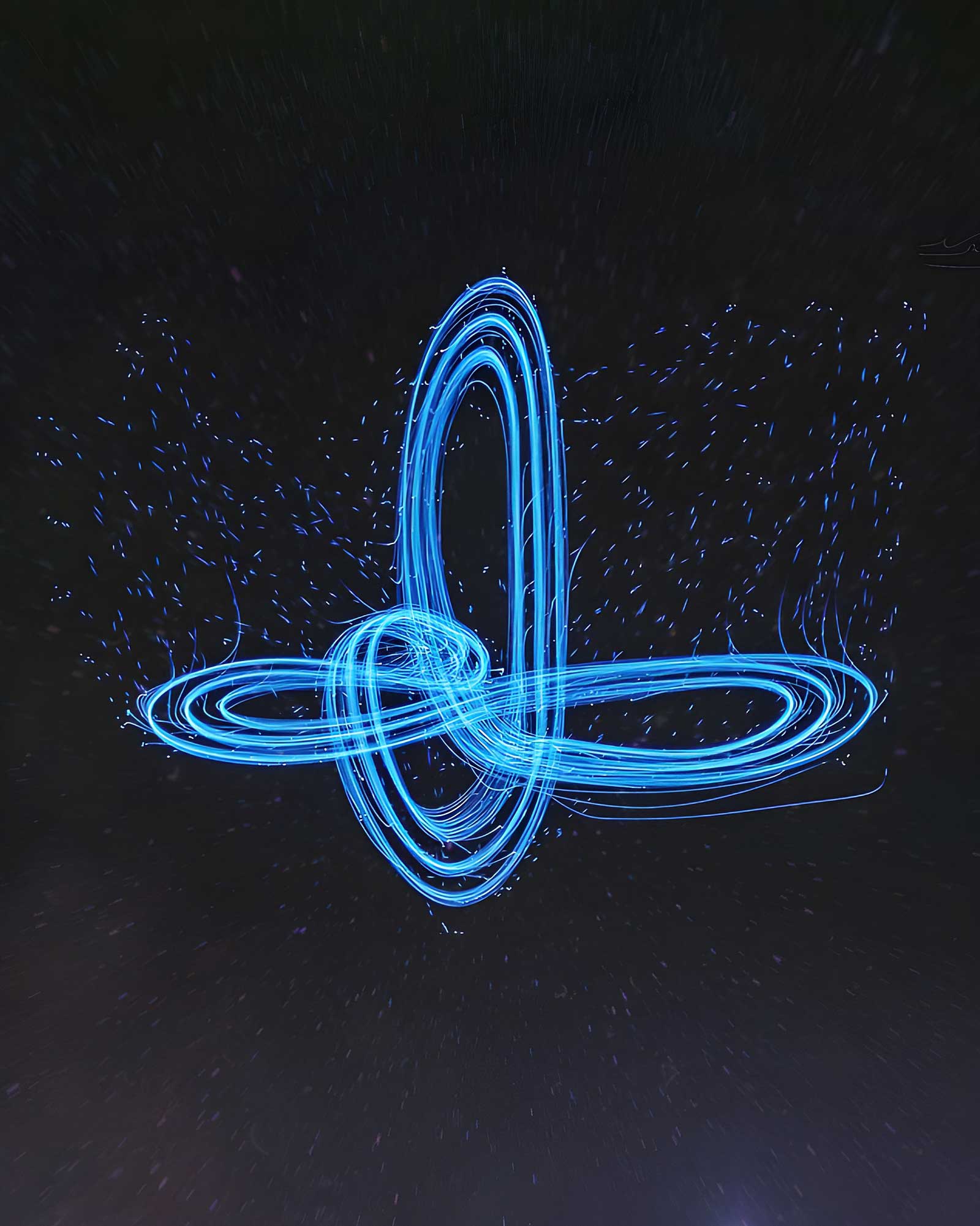Do you like contemporary art? If you like it, then you probably follow new trends and don’t miss the development of the technologies. Today we would like to tell you more about a new form of contemporary art, which is called drone light painting. Join the Lumasky Drone Show, and let’s delve into this beautiful world of art!

What is light painting?
First, let’s start with the definition. Light painting is an extraordinary photographic technique that unleashes the full potential of long-exposure wizardry. With a skilled hand and a camera set to capture the magic, photographers can transform mere light sources into mesmerizing works of art. In the enchanting darkness, they become masters of illumination, wielding handheld light sources like brushes on a canvas. A flickering flashlight, a radiant glow stick, or a dazzling LED becomes the instrument of creation. With every deliberate movement, a photographer paints and draws in the air, leaving behind trails of ethereal light that dance through the frame. As the camera’s shutter stays open, time becomes an ally. Artists weave intricate patterns, shape-shift the light, and even inscribe words upon the canvas of the imagination. Each stroke and swirl transforms the captured image into a visual symphony of abstract beauty. Light painting opens up a world of infinite possibilities, where imagination and technical skill merge seamlessly. It’s a playground for the passionate and the curious, where people of art can forge new paths and breathe life into the wildest visions.
What is light painting with drones?
Drone light painting is a variation of the light painting technique. It includes flying a drone equipped with programmable lights and performing choreographed movements while taking long-exposure photographs. The drone’s flight path and movements are carefully planned and executed to create specific light patterns, trails, or shapes in the photograph. For drone light painting, the photographer typically sets up their camera on a tripod and adjusts the settings for a long exposure. The drone is then flown in the desired pattern or trajectory while the camera’s shutter remains open.




